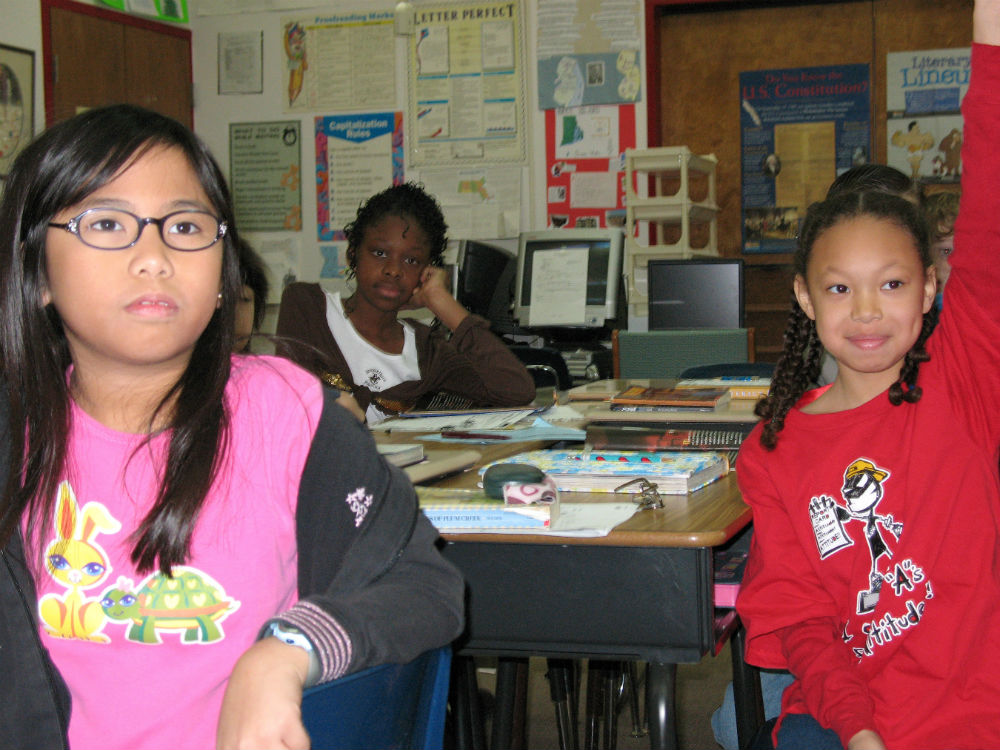by Dawn X. Henderson with Ashley Simons-Rudolph
Highlights
Race-related trauma impacts educational opportunities and performance.
────
We need to adopt a systems-approach rather than blaming individual children who struggle in school.
Racial Trauma in Schools
Race-related trauma is both generational and present for many African American and Latino children and adolescents in the United States. From law enforcement to the public education system, policies continue to support the devaluing of students through punitive discipline and discretionary practices. Among other negative impacts, these practices limit opportunities to gifted and college preparatory programs.
There is much scientific evidence that outlines the inequity that exists between African American and Latino children/adolescents and their peers. However, previous work does not consider the effects of race-related trauma on student learning, adjustment, adaptation, and overall well-being. This study uses a systems analysis to understand how race-related trauma occurs in the public education system. A systems analysis examines how policies, interdependent relationships, and other structural factors (e.g., how classrooms are organized, etc.) in the public education system influence individuals within. For example, the Gun Free Schools Act supported the adoption of zero-tolerance policies in school, the hiring of school resource officers, and discretion used by administrators to assign young people to school suspension. School suspension increased in the public education system and African American and Latino students were disproportionately impacted, missing school and receiving referrals to the juvenile justice system.
On How a Community Psychology Perspective Informed the Project
As a community psychologist, I enter most issues thinking about properties, behavior, and interdependent relationships and exchanges within a system—in this case the public education system. From this perspective, I am able to explore how these interactions influence individual behavior and how both the system and individual can be harmful to the well-being of African American and Latino children and adolescents.
Studying Racial Trauma
Examining race-related trauma in the public education system reveals the ways in which alienation, racial discrimination, and violence disrupt the psychological well-being of children and adolescents. Race-related trauma is a product of structural, symbolic, psychological, and physical violence shown through policies and practices in the public education system. Young people develop awareness of this violence within this context of inequality. This awareness contributes to anxiety, depressive symptoms, disassociation, demotivation, and challenges in learning.
The Collective Health and Education Equity Research (CHEER) collaborative at North Carolina A&T State University aims to use findings from this work to promote asset-building models across systems to include parenting strategies, asset development among youth, and capacity building in schools and community organizations to change particular practices to address race-related trauma.
What Does This Mean For?
Practice: The race-related trauma framework can be used in training programs designed to increase practitioners’ and teachers’ awareness of race-related trauma and its impact on child and adolescent development.
Social Action: Continued work needs to be done on ways to dismantle punitive school discipline practices, the inclusion of police officers in schools, and the policies that discriminate and reduce opportunities for African American and Latino children and adolescents to gain entrance into gifted and college preparatory programs. We also support stronger university-community-school partnerships to increase the number of educators and mental health practitioners who represent culturally and ethnically diverse populations.
People working in settings similar to the one that you studied: Our findings reveal that we need to turn our attention to the system and not to individual children as the problem. We can restructure the school environment and train and build the capacity of school personnel to meet the needs of racially and ethnically diverse children. We are interested in determining how to give these individuals the assets they need to promote well-being and provide young people with the tools to be successful in the public education system.
Methods
We use open-ended interviews to explore the experiences of adolescents in the public education system. Focus groups with adolescents help us to understand the extent to which the race-relate trauma framework validates the experiences of African American and Latino children and adolescents and develop ways to address it.
Findings
From our review of the literature and current pilot study, we have found that:
- Alienation, while understudied in the literature related to racial trauma, is quite salient in the lives of African American and Latino adolescents.
- Racial discrimination, primarily studied within the literature related to racial trauma, often intersects other forms of discrimination for adolescents (e.g. U.S.-born versus non-U.S. born, females versus males, religion, and socioeconomic status).
- Violence is pervasive. African American and Latino children/adolescents encounter subtle acts of aggression (microaggressions), interpersonal violence, and verbal assaults throughout their public education experience.
Original Source: Henderson, D. X., & Lunsford, A. (2016). We need to talk about the damage of race-related trauma on Black and Brown youth in public schools. Retrieved from http://psychlearningcurve.org/race-related-trauma-in-schools/



